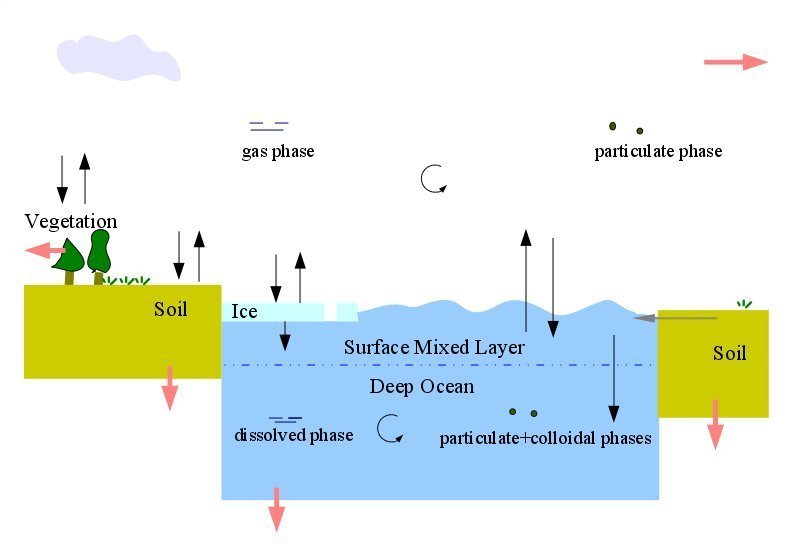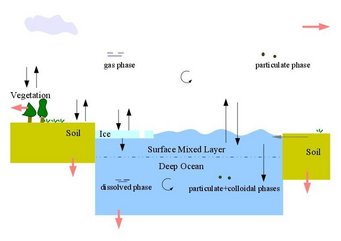Organic Pollutants & Exposure
Prof. Dr. Gerhard Lammel, Group Leader

Mankind has introduced more than 30,000 anthropogenic substances into the environment, including even unintended byproducts, of which many pose a hazard for human health and ecosystems. The cycling of long-lived (persistent) organic pollutants in the Earth system is particularly complex. In atmospheric aerosols, most of these pollutants are semivolatile, and partition between the gaseous and particulate phases. Upon deposition onto soil, vegetation, and sea surfaces, they may re-volatilize to the atmosphere (so-called multihopping) and become secondary sources. Semivolatile organic compounds (SOCs), i.e. saturation vapour pressures in the range 10-6-10-2 Pa, are either directly emitted (e.g. polycyclic aromatic hydrocarbons, PAHs, and halogenated hydrocarbons) or formed in air or soil (e.g. dicarboxylic acids, products of the aforementioned substances). The overall residence time in the environment typically exceeds the atmospheric residence times by orders of magnitude.
Fate and distribution of PAHs, their degradation products and persistent SOCs are studied by
- Global and regional scale multicompartment chemistry-transport modelling
- Process studies in the field (distributions in air, atmosphere-surface exchange, scavenging by precipitation, gas-particle- and particle mass size distributions in atmospheric aerosols)
